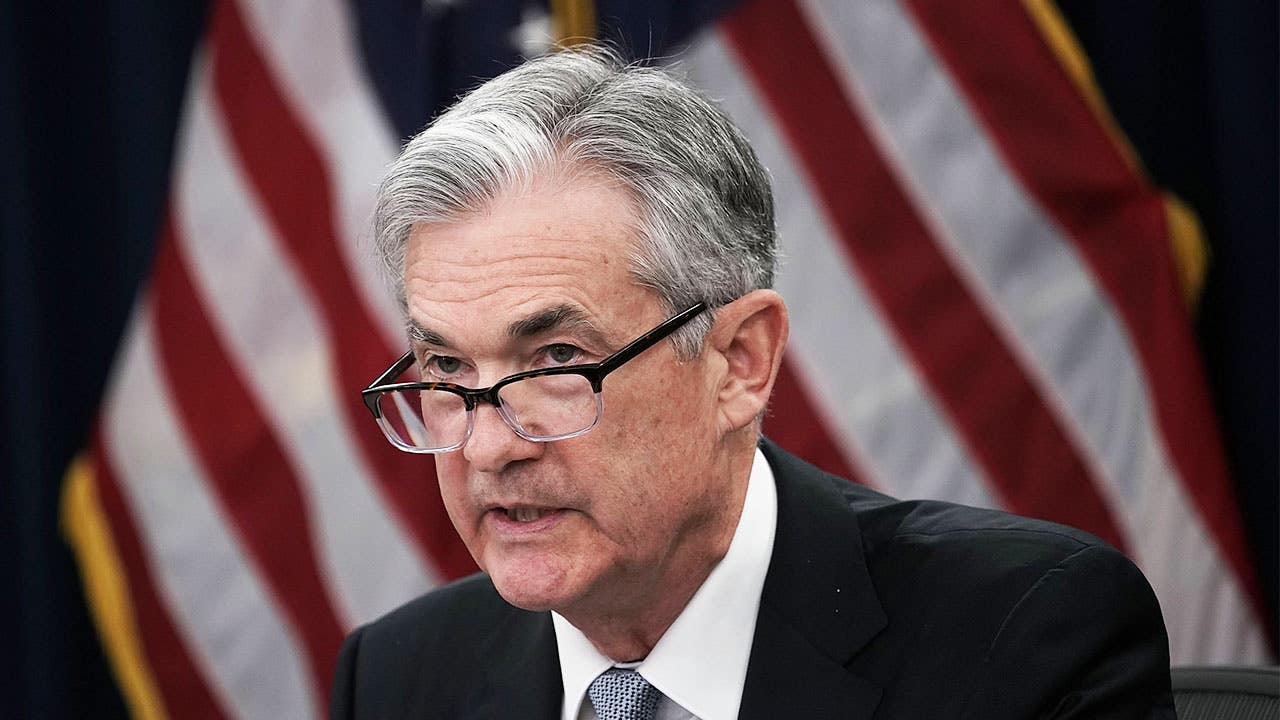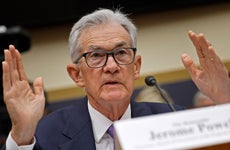5 benefits of a Federal Reserve interest rate hike

The Bankrate promise
At Bankrate we strive to help you make smarter financial decisions. While we adhere to strict , this post may contain references to products from our partners. Here's an explanation for .
Interest rates are going up. The Federal Reserve raised rates seven times in 2022 in an effort to curb inflation, and more rate hikes are on the way. On average, economists predict that the Fed will lift rates to 5.35 percent in 2023, according to Bankrate’s Fourth-Quarter Economic Indicator poll.
Sure, the increases mean it will cost more to borrow. But it also means a better payout on savings account products.
Healthier returns on savings are only one of several gains from the Fed’s rate-raising campaign. Let’s look at a few more.
1. Higher returns for savers
If you’re a saver, low interest rates have brought about the financial equivalent of a long drought. Historically, the average rates on savings products, including CD rates, had been on a downward trend. Any improvement is welcome and overdue.
Robert Frick, corporate economist for Navy Federal Credit Union, said that interest rates had been so low for so long that many people had fallen out of the habit of rate shopping. “But now that rates are rising,” he said, “they should get back into the habit and will be seeing bigger payouts from their accounts, especially certificates of deposit. This is especially important for people on fixed incomes.”
2. Tamed inflation
In 2022, inflation got to the highest it’s been since the 1980’s, peaking at about 9.1 percent in June. That number has dropped slightly to 6.5 percent in December 2022, but that’s still higher than the Fed would like it to be — its general target is to keep inflation at around 2 percent.
If the Fed achieves its objectives in steering the economy, inflation should remain under control. Lower inflation means more money saved on goods and services.
A positive inflation scenario after a rate increase might include “lower prices of imported consumer goods, due to a likely higher exchange value of the dollar if our domestic rate increases are not matched by policy tightening in other major economies,” says Daniil Manaenkov, U.S. forecasting specialist at the Research Seminar in Quantitative Economics at the University of Michigan.
3. More lending
A credit bubble rightfully received some of the blame for the financial crisis in 2007. In the aftermath, lending came to a complete stop.
Lending has resumed. “Banks may have a greater incentive to loan out reserves at higher interest rates, and the increased flow of additional credit would boost economic growth,” says Sean Snaith, director of the Institute for Economic Competitiveness at the University of Central Florida.
4. More interest income for retirees
As a rate boost brings better returns to savings vehicles, senior citizens should enjoy better paydays by putting their money in CDs and savings accounts. “Higher interest rates on CDs and other financial instruments will particularly help older Americans trying to live on their retirement savings,” says Lynn Reaser, chief economist at Point Loma Nazarene University in San Diego.
As the population ages in coming years, many more Americans will come to appreciate even modest increases in interest income during retirement when they buy certificates of deposit.
5. Stronger dollar to boost purchasing power
As the Fed continues to boost rates, the U.S. dollar gets more support. Ultimately, that means more purchasing power with the greenback compared with other currencies.
Predicting moves in the foreign exchange market is difficult, but Snaith and other economists say the dollar could strengthen further as the Fed boosts rates.
Fed tightening “is likely to mean a somewhat higher dollar, so people traveling to Europe will do well,” says Dean Baker, co-director of the Center for Economic and Policy Research in Washington.
Bottom line
Interest rates are going up due to Fed rate hikes. While it’s true that borrowing is becoming more expensive as a result, that also means inflation will slow and consumers can take advantage of higher rates on savings accounts and CDs. Some of the top savings rates are over 4 percent APY, which would have been unimaginable a year ago.
As rate hikes continue, it might be a good time to evaluate your bank accounts and shop around to get better rates.
— Bankrate’s René Bennett contributed to an update of this story.
Related Articles

Top high-yield savings accounts are now beating inflation. Here’s why that’s important


